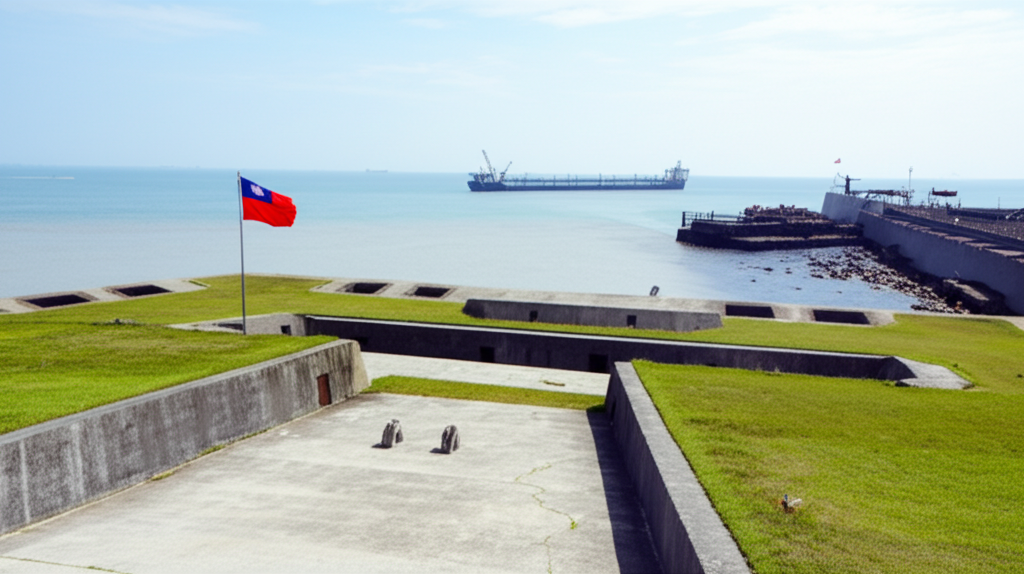Taiwan's Coastal Fortifications: A Defensive Backbone
Examining the strategic importance of Taiwan's coastal defenses in the face of evolving regional dynamics.

The island of Taiwan, facing increasing regional tensions, has strategically focused on strengthening its coastal defenses. These fortifications are crucial for deterring potential aggression and safeguarding the nation's sovereignty.
Key to Taiwan's strategy is the development and deployment of advanced weaponry. This includes anti-ship missiles, such as the Hsiung Feng III, designed to strike enemy vessels. Furthermore, the implementation of extensive radar networks provides critical early warning capabilities, allowing for a timely response to potential threats.
A notable aspect of Taiwan's coastal defense strategy is the emphasis on asymmetric warfare tactics. This approach involves utilizing smaller, more agile forces, alongside innovative technologies, to counteract a larger adversary. This is a central tenet of the “Overall Defense Concept” (ODC) advocated by the Ministry of National Defense.
Defense expert, Ian Easton, has underscored the strategic value of these coastal fortifications, emphasizing their role in raising the cost of an invasion, potentially dissuading hostile actions. Furthermore, the training of citizen militias, such as the Fuzhong, complements these defenses, offering additional layers of protection.
The deployment of these defenses takes into consideration Taiwan's complex geographic features, including its rugged coastline and numerous beaches. The fortifications are strategically positioned to exploit natural advantages and maximize defensive effectiveness.
The ongoing modernization and strengthening of Taiwan's coastal defenses demonstrate a resolute commitment to national security. This robust defense posture is not only crucial for Taiwan’s self-protection but also contributes to regional stability in the face of shifting geopolitics.
Other Versions
Fortificaciones costeras de Taiwán: Una columna vertebral defensiva
Les fortifications côtières de Taïwan : Une colonne vertébrale défensive
Benteng Pertahanan Pesisir Taiwan: Tulang Punggung Pertahanan
Le fortificazioni costiere di Taiwan: Una spina dorsale difensiva
台湾の海岸要塞防衛の屋台骨
대만의 해안 요새: 방어의 중추
Mga Depensa sa Baybayin ng Taiwan: Isang Sandigan sa Depensa
Прибрежные укрепления Тайваня: Оборонительный рубеж
ป้อมปราการชายฝั่งของไต้หวัน: กระดูกสันหลังในการป้องกัน
Các công sự ven biển của Đài Loan: Xương sống phòng thủ

